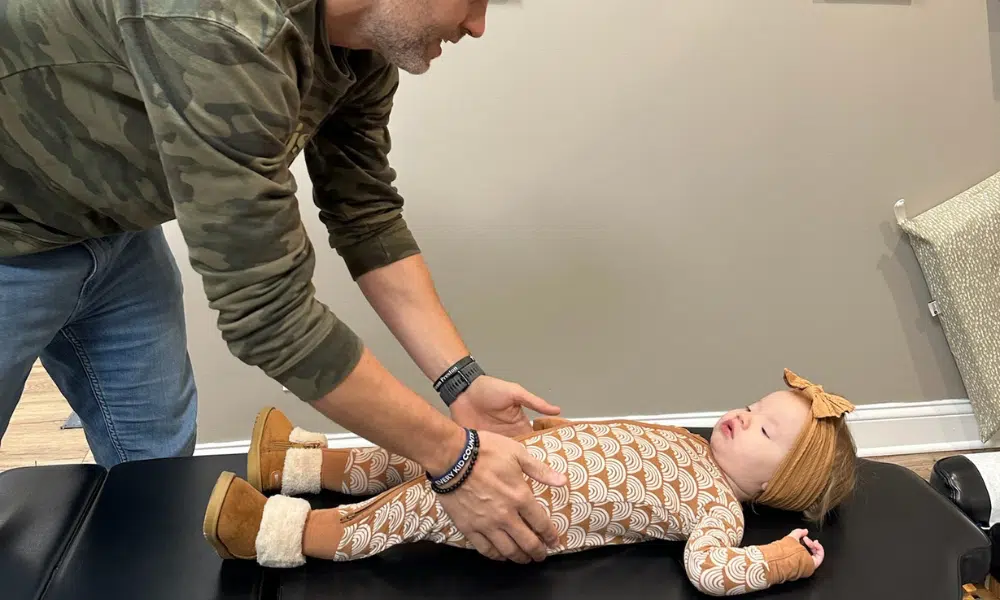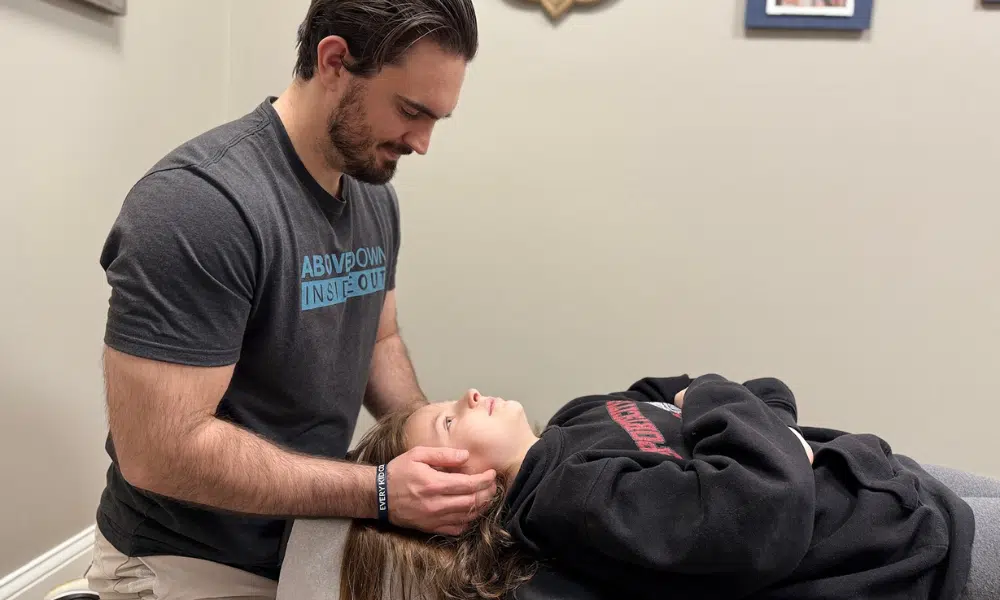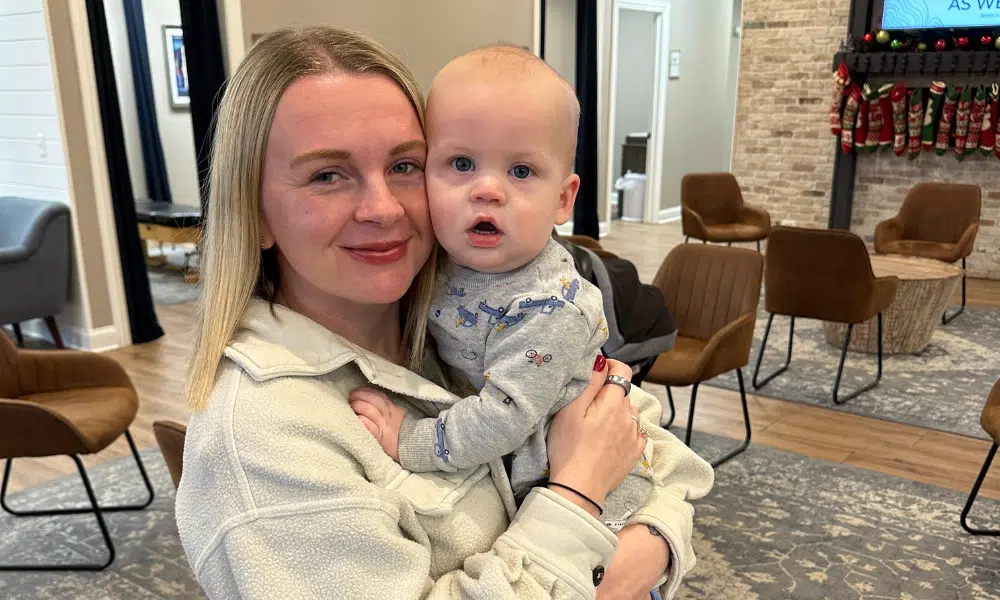If your child is experiencing more breakthrough seizures during medication withdrawal, it’s a common and very real pattern – not something you’re just imagining. Studies show that 23-46% of children experience seizure recurrence after stopping anti-epileptic drugs (AEDs), with most occurring within the first 6-12 months.
While conventional medicine often attributes this to ‘medication failure,’ there’s actually a powerful neurophysiological explanation that reveals why seizure medication mechanisms and side effects may have created this dependency in the first place.
Understanding Seizure Medication Side Effects on the Developing Brain
Anti-seizure medications don’t actually heal the nervous system – they suppress it. These drugs artificially alter your child’s neurotransmitter balance, creating a chemical dependency that the developing brain adapts to over time. The most common seizure medication side effects that impact long-term neurological function include:
- Receptor Desensitization: Chronic AED use causes GABA receptors to become less responsive, requiring higher doses over time
- Neurotransmitter Imbalance: The brain reduces its own natural inhibitory production while increasing excitatory activity to compensate
- Developmental Delays: Suppression of normal neurological development and neuroplasticity
- Autonomic Dysfunction: Disruption of the vagus nerve and dysautonomia patterns
What parents aren’t told is that these hidden side effects create a scenario where the brain becomes dependent on external chemical regulation rather than developing its own internal control mechanisms. A 2023 meta-analysis published in Frontiers in Neurology found that children experiencing seizure medication withdrawal exhibited recurrence patterns that indicated neurological reorganization rather than regression, with a mean recurrence time of 11.09 ± 7.57 months.
Timeline of Increased Seizure Activity Post-Medication
| Phase | Timeframe | What’s Happening in the Brain |
| Phase 1: Chemical Clearance | 1–5 days (varies by drug) | Medication clears from bloodstream, but the nervous system is still dependent on it |
| Phase 2: Rebound Risk | Days 3–14 | Seizure threshold drops—internal inhibition is not yet rebuilt |
| Phase 3: Neuroplastic Rebuilding | Weeks 2–6 | Brain is actively rewiring and recalibrating neurotransmitter balance |
| Phase 4: Adaptive Regulation | Weeks 6–12 | Internal regulation begins to stabilize if supported by consistent inputs and rhythms |
Core Mechanisms Behind the Rebound Seizure Spike
1. Neurotransmitter Imbalance: GABA vs. Glutamate
- Anti-seizure meds artificially increase inhibitory tone or decrease excitatory drive.
- The brain compensates by reducing its own inhibitory production and increasing excitatory activity.
- After stopping medication, this imbalance leads to hyperexcitability and increased seizure susceptibility.
2. Receptor Sensitization and Disinhibition
- Chronic AED use causes receptor-level changes:
- GABA receptors become desensitized
- Excitatory receptors become upregulated
- When the drug is removed, the brain is left overexposed to excitatory signaling.
3. Subcortical and Brainstem Disinhibition
- Seizure medications suppress activity in the brainstem and limbic areas involved in seizure regulation.
- After withdrawal, these areas become more active, often before cortical regulation is restored—leading to increased seizure risk and autonomic dysregulation.
4. Delayed Neuroplastic Recovery
- While children’s brains are highly adaptable, rebuilding healthy regulatory systems takes time.
- It may take weeks or months to:
- Normalize GABA/glutamate production
- Re-establish healthy seizure thresholds
- Rebuild cortical-brainstem feedback loops
5. Developmental Stressors and Environmental Inputs
- During this recovery phase, other factors (e.g., sleep changes, emotional stress, growth spurts) may amplify instability.
- Without medication suppression, the nervous system is more sensitive to external stressors.
Seizure Medication Side Effects vs. Natural Regulation
| Medication Suppression | Natural Nervous System Regulation |
| Artificial GABA enhancement | Restored internal GABA production |
| Blocked excitatory signals | Balanced excitation/inhibition |
| Dependency and tolerance | Progressive improvement |
| Breakthrough seizures common | Seizures decrease over time |
| Cognitive dulling and fatigue | Improved alertness and development |
| Disrupted sleep architecture | Natural sleep-wake cycles restored |
| Suppressed neuroplasticity | Enhanced learning and adaptation |
What Helps During This Time
This is a critical window for supporting natural recalibration and reorganization, while improving the brain and body’s own internal regulatory mechanisms through non-suppressive, physiological inputs.
Neurologically-Focused Chiropractic Care
- Stimulates and helps regulate afferent input into the brainstem and vagus nerve
- Reduces sympathetic overdrive and improves parasympathetic tone
- Normalizes tone and improves adaptability across the CNS + ANS
- INSiGHT scans can objectively measure nervous system progress during this transition
Sleep & Routine
- Keep bedtimes and wake times extremely consistent
- Support deep, restorative sleep (environmentally, behaviorally—not chemically)
- Avoid overstimulation before bedtime
- Keep the daily schedule very light and easy throughout the withdrawal period
Sensory and Emotional Regulation
- Limit screen time, especially after 4–5 PM
- Reduce sensory overwhelm (lights, sounds, erratic schedules)
- Use rhythmic movement (rocking, swinging, gentle pressure) to stabilize sensory input
- Make time for getting outside in nature, grounding, and relaxing
Minimize Major Stressors
- Delay big changes (travel, school shifts, social overload) during the recalibration phase
- Avoid inflammatory or stimulating inputs (junk food, EMF exposure, etc.)
- Provide a consistent, calm caregiving environment
The Demand–Supply Theory in Chiropractic
The spike in breakthrough seizures during seizure medication withdrawal isn’t random—it follows a predictable pattern explained by our Demand-Supply Theory. This model helps explain why symptoms like seizures, behavioral outbursts, or regression can increase—not because something new is wrong—but because the brain is overwhelmed by incoming demands and lacks the internal capacity to regulate and respond effectively.
Demand = Stressors & Inputs
This includes:
- Environmental stress (lights, sounds, transitions)
- Emotional stress (fear, anxiety, change)
- Physical stress (growth spurts, teething, illness, inflammation, poor sleep)
- Neurological disorganization or dysautonomia
When these inputs are too frequent, intense, or unregulated, they overload the system—especially after medication is removed and the child’s nervous system is now working without chemical suppression.
Supply = Neurological Resilience & Regulation
This is the nervous system’s ability to:
- Calm itself
- Adapt to stress
- Process sensory input appropriately
- Inhibit overexcited reflexes and responses (like seizures)
- Produce calming and regulating responses, neurotransmitters, etc.
In children coming off seizure meds, their supply is often low at first—because the brain has grown dependent on the medication to do that job. Now, Neurologically-Focused Chiropractic adjustments and other drug-free healing inputs help rebuild that supply naturally from within.
Why Seizures Might Spike
After the medication is stopped, demand stays high, but supply is temporarily even lower, creating a gap that allows dysregulation (and seizures) to surface more frequently. This isn’t regression—it’s an opportunity.
Chiropractic adjustments help close that gap—not by suppressing symptoms, but by increasing the nervous system’s capacity to self-regulate. While chiropractic literature reviews have documented improvements in seizure control through upper cervical care, the most important factor is supporting the nervous system’s natural ability to recalibrate during this critical transition period.
Final Thought:
A temporary spike in seizures after stopping medication is not necessarily a setback—it’s often part of the natural rewiring process the nervous system must go through to heal. With the right environment, inputs, and neuro-regulatory support, the brain can regain its own control—drug-free. If you’re navigating seizure medication withdrawal and are concerned about breakthrough seizures, you don’t have to face this journey alone. Find a PX Doc who understands the neurological recovery process your child is experiencing, or download our free guide on supporting your child through medication transitions naturally.



![[GRID] Calming the Sensory Storm WEBINAR PX Docs Webinar](https://pxdocs.com/wp-content/uploads/2025/11/GRID-Calming-the-Sensory-Storm-WEBINAR.png.webp)


